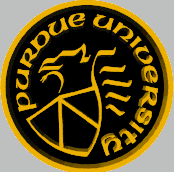



 100 objects (over 300 color images!)
100 objects (over 300 color images!)
 Different surface materials, illumination conditions and viewing directions
Different surface materials, illumination conditions and viewing directions
 Three images per each object under three different illumination conditions
Three images per each object under three different illumination conditions


The RVL SPEC-DB is the specularity database that was created by Jae Byung Park in the Robot Vision Laboratory (RVL) at Purdue University. So far, it contains over 300 color images corresponding to 100 objects (shiny and dull / with background or without background) . Images were taken under three different illumination conditions, such as diffuse, ambient and directed light conditions. The pictures were taken at the RVL under strictly controlled conditions. There was no restrictions on the kinds of the materials the objects made of, so that the images of the RVL SPEC-DB ...............
This specularity database is publicly available and can be obtained from this web-site. It is totally free for academics wishing to test their systems. Commercial distribution or any act related to commercial use of this database is strictly prohibited.

The provided movie will guide you how the detection of specularity will help on the tasks of color object tracking:
1. Without specularity detection and compensation process: demo1 (mpg-1 file) (2.8 Mb).
Here is an MPEG-I movie showing the Tracking with Specularity detection algorithm tracking a red toy truck.
Here is another MPEG-I movie showing the Tracking with Specularity detection algorithm tracking a red toy truck.
Images were taken under ambient light source were named:xx11.tiff
Images were taken under directed light source were named:xx22.tiff
'xx' is a unique object identifier (which is named after the actual objects such as "POOH", "APPLE", and "SHOES")
The following images are examples of the images in the RVL SPEC-DB: This is only an example of how the images of the RVL SPECularity DataBase look like. All example images have been converted to gif images (no compression) here. To get a real example with "tiff" format click here.
 --
--
 --
--
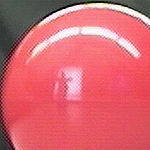
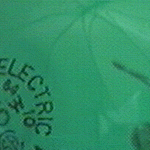 --
--
 --
--
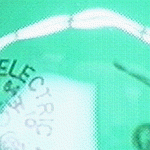
 --
--
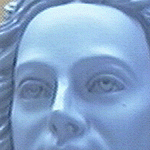 --
--

You can convert images from RAW to any other format using ImageMagick or any other image software. Here's an example kindly propoused by Ben Wong (Georgia Tech):

convert -interlace plane -size 150x150 rgb:filename.raw filename.tiff
or
convert -depth 8 -interlace plane -size 150x150 rgb:filename.raw filename.tiff
Convert is part of the freely available ImageMagick library which runs well under any version of Unix (and functions okay under NT, VMS, MacOS, and OS/2): http://www.wizards.dupont.com/cristy/ImageMagick.html

Permission to use but not reproduce or distribute the RVL SPECularity DataBase is granted to all researchers given that the following steps are properly followed:
1. Send an e-mail to Jae Byung Park before downloading the database.In future, You will need a user-name and password to access the files of this database.
2. All submitted papers (or any publicly available text) that uses or talks about the RVL SPECularity DataBase must cite the following report: "Jae Byung Park and Avinash C. Kak, "A Truncated Least Squares Approach to the Detection of Specularity Highlights in Co lor Images", Proceedings of the IEEE Internation Conference on Robotics and Automation (ICRA 2 003), Taipei, Taiwan, 2003."
3. Permission is NOT granted to reproduce the database or posted into any webpage that is not the RVL SPECularity DataBase web-page located at Purdue University.
4. Written permission must be obtained from Jae Byung Park if a faculty member desires to share the database with her/his co-workers or students. Even then, the database cannot be posted on a web-page accessible from outside the faculty research group.
5. None economical profit can be obtained from this database.
Understand that this database contains human subjects who agreed to participate in the adquisition of this dataset for research purposes. To guarantee the proper use of this database, the above steps are requested and must be followed by everyone. None country or institution is excluded of any of the above steps. Failure to follow the above steps can be legally persecuted.

You will need a user-name and password to download this database. Please read instructions above.
To request a user-name & password, CLICK HERE.
Note: All publications that use the RVL SPECularity DataBase must reference the conference paper above:
Remark: A complementary CD-ROM with the entire set of images is available. It will be sent upon your e-mail request!
Robot Vision Laboratory Home Page
Ford Motor Co. - Coarse Control Project Home Page
Computational Vision Lab Home Page




 Comments or suggestions? Please send to jbpark@ecn.purdue.edu
Comments or suggestions? Please send to jbpark@ecn.purdue.edu
